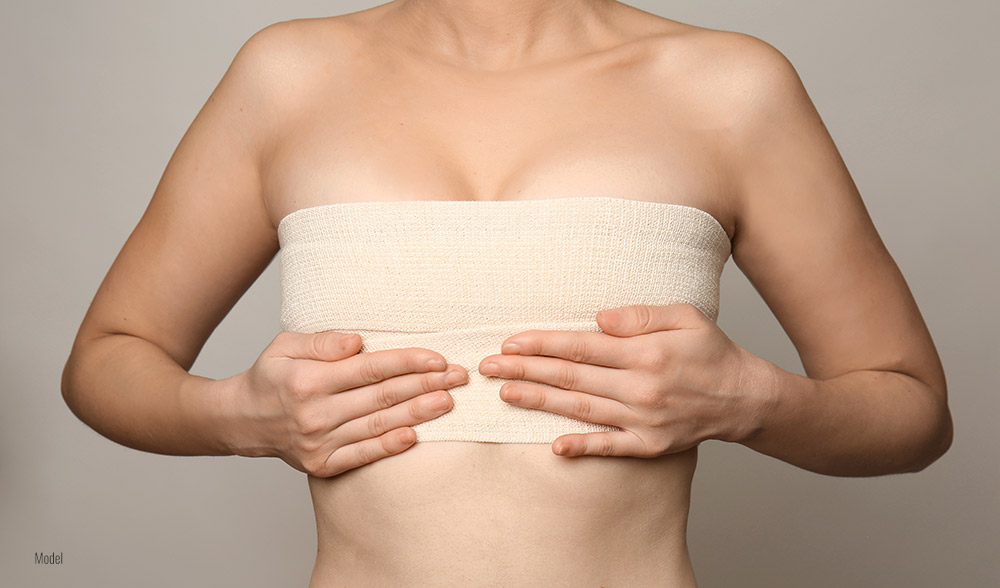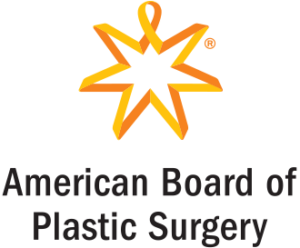Breast reduction surgery helps thousands of women live more comfortably every year. Of course, most patients are concerned with the appearance of scars and want to know how to help them heal more efficiently. This blog will provide a variety of tips and techniques you can use to help minimize scarring after breast reduction surgery.

3 Min Read:
What Is a Breast Reduction?
Some women struggle with excessive breast size, which can lead to several health and lifestyle issues, including pain and discomfort. Breast reduction surgery is a plastic surgery procedure designed to reduce the size of the breasts by removing excess breast tissue and creating a breast size more proportionate to the patient’s body.
Benefits of Breast Reduction
Breast reduction surgery provides many benefits to patients. Among these benefits are:
- Relief of back, neck, and shoulder pain
- Reduced skin irritation
- Clothing fits better
- No more straps digging into the skin
- Improved posture
- Better sleep
- Exercise is easier
- Enhanced self-esteem and quality of life
Does Breast Reduction Leave Scars?
Yes. Like most breast surgeries, breast reduction surgery involves incisions, which do leave scars. Usually, these scars fade away to the point where they are unnoticeable after a year or so. However, this varies depending on your skin tone and the way your body heals. Previous scars can give you an indication of how your surgical scars might heal.
With diligence and proper incision care, you can encourage optimal scar healing and enjoy beautiful results.
Tips for Managing Scars After a Breast Reduction
There are various tools for minimizing scars after breast reduction surgery. These include:
- Silicone gel sheets: Highly recommended by many plastic surgeons, these sheets keep the skin hydrated and prevent raised scars. It is recommended to wear them 12 hours a day for the first few months after surgery.
- Vitamin E oil: This vitamin oil is rich in antioxidants and supports skin health. Applying vitamin E oil directly on scars (only after wounds are fully closed) softens the skin and promotes healing, improving the appearance of scars over time.
- Scar cream: Ask your surgeon about scar creams, gels, and ointments. These products can promote collagen production and can improve skin tone at the incision site. Use only creams or ointments recommended by a qualified medical professional.
- Support garments: A supportive bra helps reduce tension placed on scars.
In addition to the above items, there are some actions you can take to reduce scar formation:
- Moisturize: Hydrated skin heals better, reducing the likelihood of swelling or the formation of raised scars.
- Massage the area: Gently massaging the area directs blood flow to the area and breaks down excess collagen. Check with your surgeon for the proper technique for your specific procedure.
- Stay active: Light activity promotes circulation, speeding the healing process. Always check with your surgeon about what forms of exercise are permitted, especially within the first few months after surgery.
- Avoid smoking and alcohol: Nicotine products restrict blood flow, and alcohol causes dehydration. Both impair healing and can negatively impact the way your scars heal.
- Avoid sun exposure: Harmful UV rays from the sun can make scars darker and more noticeable. Use a high-SPF sunscreen outdoors, especially in the first few months following surgery, when scars are relatively fresh.
Interested in Breast Reduction in Orlando, FL?
If you want to learn more about breast reduction surgery, schedule a consultation with a highly qualified and compassionate plastic surgeon like Dr. Jorge Gonzalez. We invite you to fill out our online contact form or call (407) 447-1628. We are looking forward to hearing from you!




